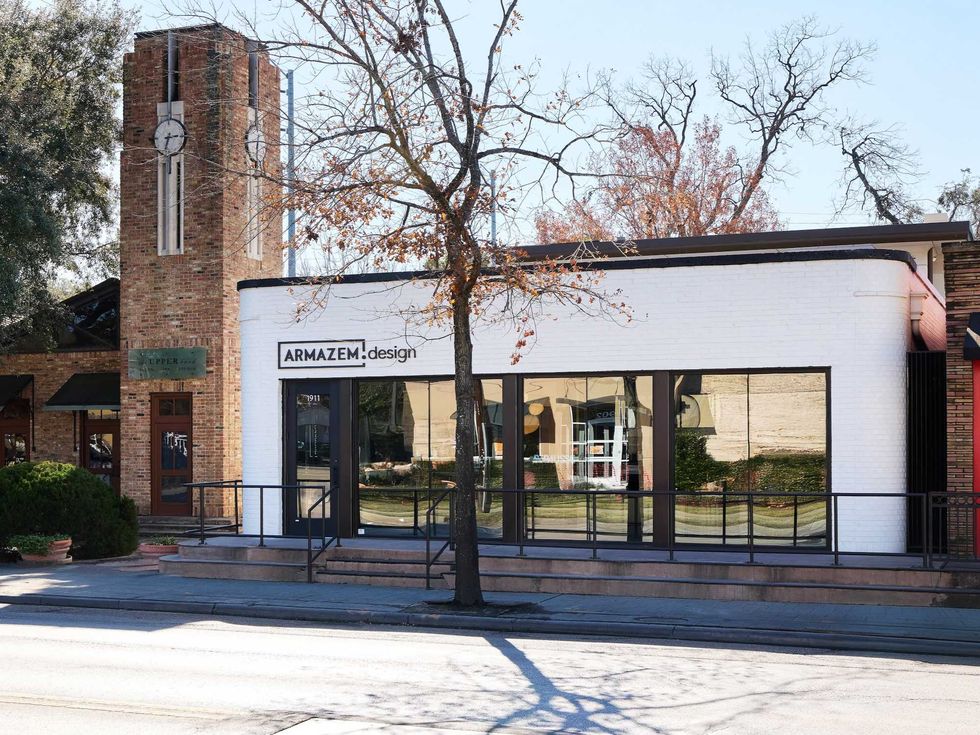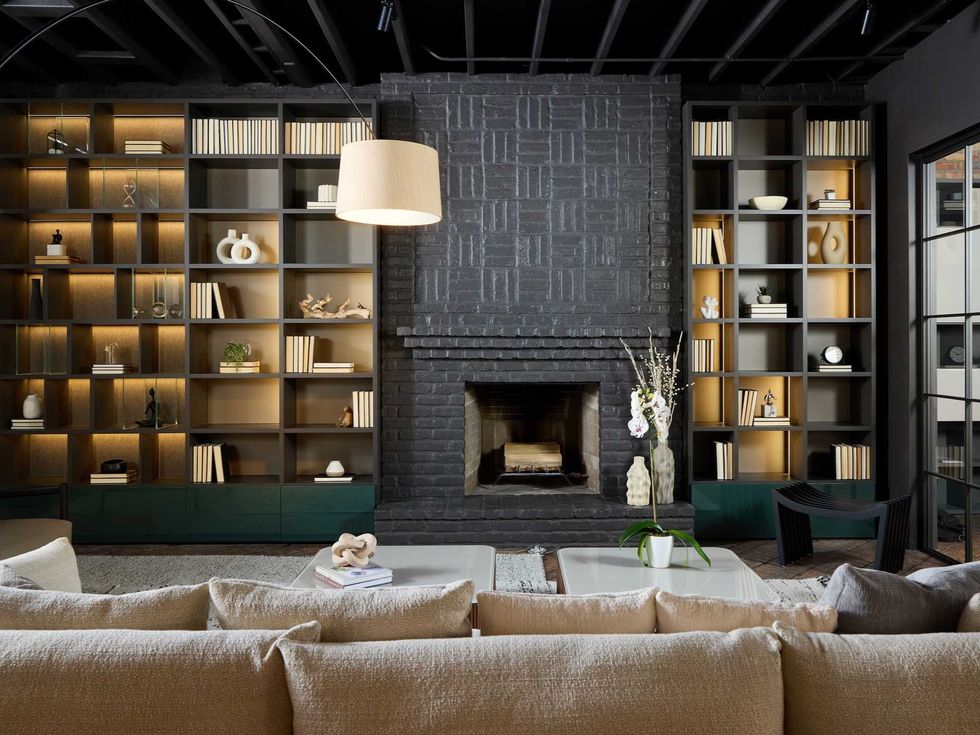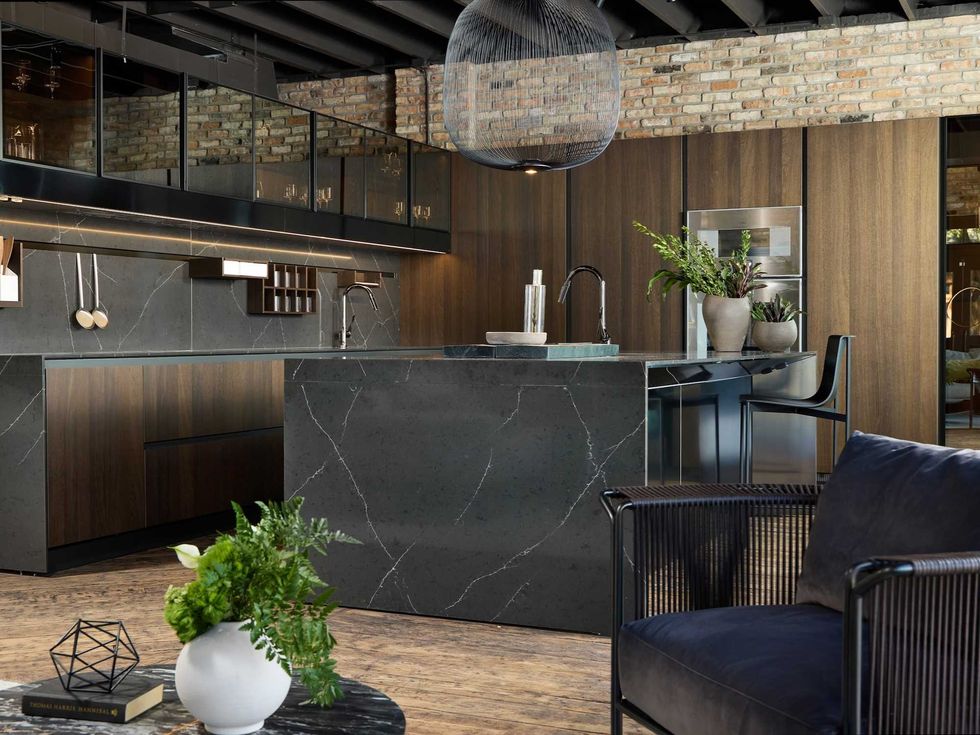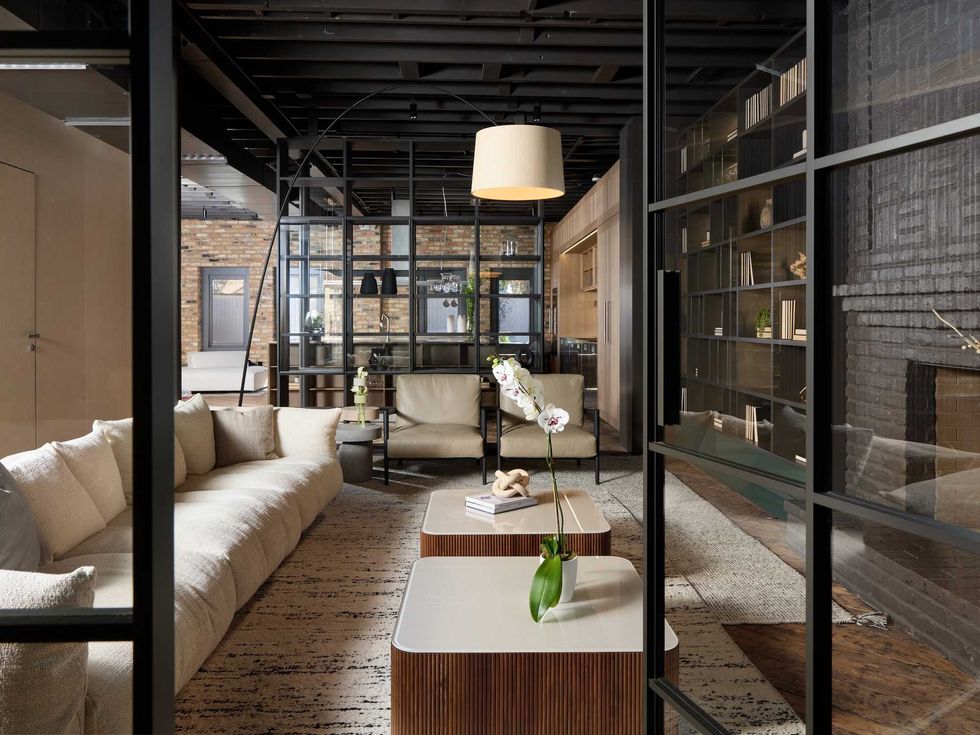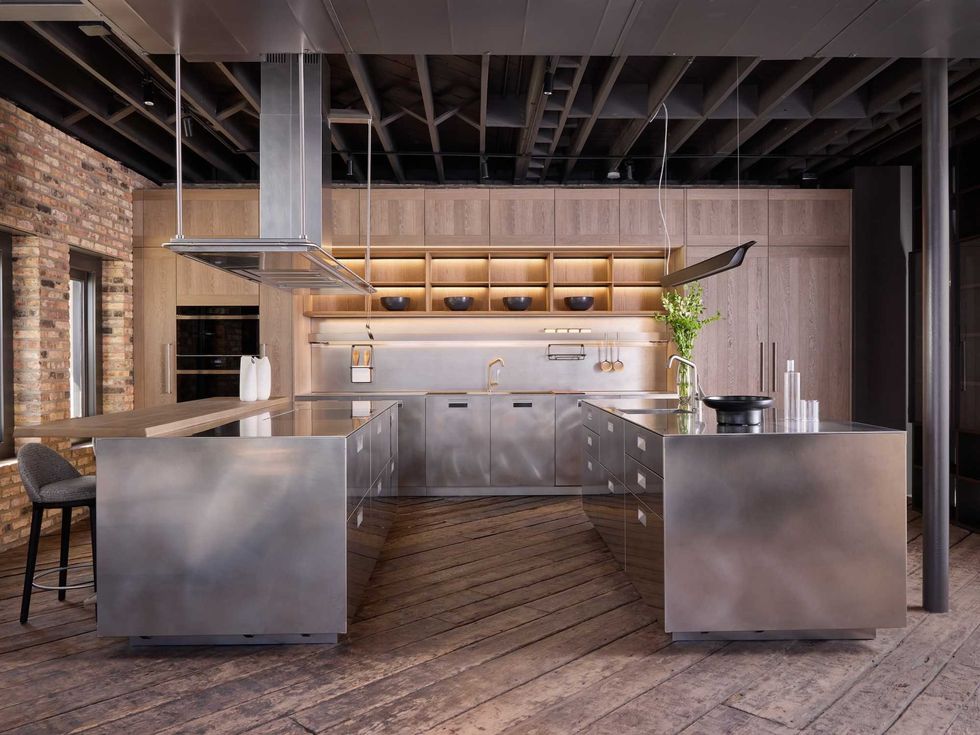At AIA
Inside the world of animal architecture: From a casino that welcomes bats to afarm on wheels
 Honorable mention, Pigeon Racing Headquarters, Carla Novak
Honorable mention, Pigeon Racing Headquarters, Carla Novak Second runner-up, Farmland World, Stewart Hicks and Allison Newmeyer of DesignWith Company, with Katharine Bayer and Hugh Swiatek
Second runner-up, Farmland World, Stewart Hicks and Allison Newmeyer of DesignWith Company, with Katharine Bayer and Hugh Swiatek Honorable mention, Casino, Sarah Custance
Honorable mention, Casino, Sarah Custance Honorable mention, Bat Station, Friend and Company Architects
Honorable mention, Bat Station, Friend and Company Architects Third runner-up, BirdScraper, Zhong Huang
Third runner-up, BirdScraper, Zhong Huang Honorable mention, Urban Ecopoesis, Koh Hau Yeow
Honorable mention, Urban Ecopoesis, Koh Hau Yeow First runner-up, The Nottingham Apiary, Amelia Eiriksson, Fraser Godfrey, AnaMoldavsky and Esko Willman of the University of Nottingham
First runner-up, The Nottingham Apiary, Amelia Eiriksson, Fraser Godfrey, AnaMoldavsky and Esko Willman of the University of Nottingham First place, Theriomorphous Cyborg, Simone Ferracina
First place, Theriomorphous Cyborg, Simone Ferracina
What if humans weren't the central focus of architecture? What if the design process included not only the needs of people, but of wildlife as well?
Animal Architecture, a new exhibit at Architecture Center Houston, hopes to shed light on some of these questions with 10 projects that look to the worlds of insects, mammals, fish and microorganisms as a primary design concern.
The projects on display range from the highly-conceptual to the possibly-buildable to plans for a series urban bird habitats that have already been constructed. Pinned up throughout the gallery space, viewers will see a casino with space for bats, otters and badgers; a self-sustaining farm resort (on wheels); as well as a headquarters for the long-forgotten British racing pigeon.
"Animals are always there regardless of what we build," Ned Dodington, one of the show's organizers and the co-founder of the Caroline Collective, tells CultureMap. "Why not invite them into the architectural discussion?"
In 2009, Dodington and fellow Rice architecture grad Jonathan LaRocca, created the popular Animal Architecture blog to encourage dialogue about architecture that is mutually beneficial to humans and animals.
"Animals are always there regardless of what we build," organizer Ned Dodington says. "Why not invite them into the architectural discussion?"
A kindred spirit of the continually growing green movement, animal architecture — or biologic design — takes sustainability to new terrain, generating dynamic design ideas by removing the human as the sole benefactor of the built environment.
"The idea for the website was born out of my work at Rice," Dodington says, noting how dueling interests in both biology and design have long-shaped his architectural perspectives.
For an early graduate design project, he found that oyster reefs could prevent soil erosion on Galveston Island — one of the first moments, Dodington recalled, that he could envision animals and humans working together to solve larger environmental issues. As his final graduate project, he decided to focus on how animals, not humans, use the built environment.
"The thesis didn't really go too well," he laughs. "The reception at my final critique was about 50/50, at best. Some professors were definitely into it, but on the whole . . . not so much."
"After the thesis bombed, though, I realized how much the dialogue needed to be expanded," he says, noting that he did receive his degree after all. "That’s how my roommate Jon and I decided to launch the website, to create a conversation that wasn’t really happening around us at the time."
Pulling information from online sources and generating their own material, the small site grew to draw nearly 200 daily hits in the next few years.
In spring 2011, the site started its first Animal Architecture Awards contest as a means to generate fresh ideas in line with the blog's mission statement of "illuminating alternative ways of living with nonhuman animals."
After the contest was mentioned on former Dwell magazine editor Geoff Manaugh’s BLDGBLOG website, Dodington and LaRocca found themselves sifting through nearly 50 detailed projects, the final results of which are now on display in the Animal Architecture exhibit.
The show runs at Architecture Center Houston through Feb. 24. Join Dodington and LaRocca for a panel discussion at 5:30 p.m. on Feb. 2. Also on view at the Architecture Center will be Houston 20/20, which explores urban planning options for the city by 2020.

